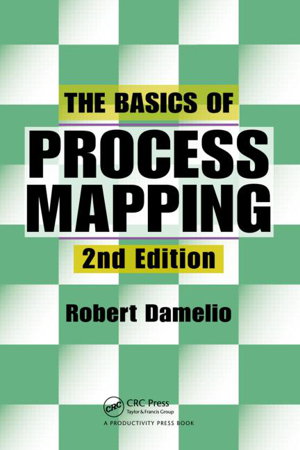
PublishedProductivity Press, April 2010 |
ISBN9781563273766 |
FormatSoftcover, 184 pages |
Dimensions22.9cm × 15.2cm |
The bestselling first edition of this influential resource has been incorporated into the curriculum at forward thinking colleges and universities, a leading vocational technical institute, many in-house corporate continuous improvement approaches, and the United Nations' headquarters.
Providing a complete and accessible introduction to process maps, The Basics of Process Mapping, Second Edition raises the bar on what constitutes the basics. Thoroughly revised and updated to keep pace with recent developments, it explains how relationship maps, cross-functional process maps (swimlane diagrams), and flowcharts can be used as a set to provide different views of work.
New in the Second Edition: Four new chapters and 75 new graphics An introduction to the concepts of flow and waste and how both appear in knowledge work or business processes A set of measures for flow and waste A discussion of problematic features of knowledge work and business processes that act as barriers to flow Seven principles
*The Seven principles are integrated into Version 3 of the body of knowledge used for Lean certification by the ASQ/AME/SME/SHINGO Lean Alliance. This is the first publication of those principles and guidelines.

